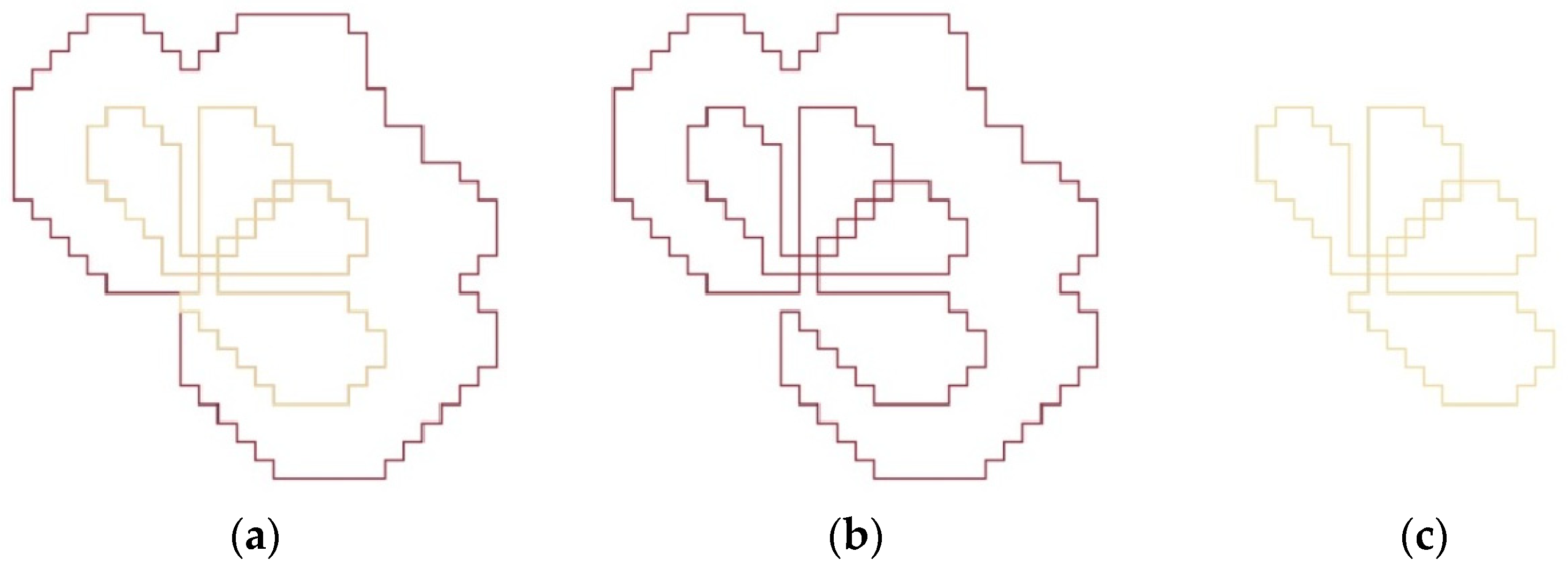

The fees depend on the ransomware's complexity and features, and generally, there's an entry fee to become a member. RaaS creators host their ransomware on dark net sites and allow criminals to purchase it as a subscription - much like a SaaS model. RaaS involves perpetrators renting access to a ransomware strain from the ransomware author, who offers it as a pay-for-use service.However, paying the ransom does not guarantee protection of the data either, as the attackers have access to the stolen data. This means that, even if a victim can restore their data from backup, the attacker still has power over them. With double extortion ransomware, attackers threaten to publish stolen data if their demands are not met. Double extortion ransomware encrypts files and exports data to blackmail victims into paying a ransom.Crypto ransomware spreads through various means, including malicious emails, websites and downloads. Some newer variants also infect shared, networked and cloud drives. It encrypts all or some files on a computer and demands a ransom from the victim in exchange for a decryption key. Crypto ransomware is more common and widespread than locker ransomware.To unlock your computer, you must pay a $100 fine," or "Your computer has been infected with a virus. A pop-up on the victim's screen may appear saying, "Your computer was used to visit websites with illegal content. Once inside, threat actors block users from accessing the system until a ransom is paid.

This variant uses social engineering techniques and compromised credentials to infiltrate systems. Locker ransomware blocks access to computer systems entirely.More recently, double extortion and ransomware as a service ( RaaS) have become popular among threat actors. Historically, the two main types of ransomware are crypto and locker. To understand the concept, let's look at the four types of ransomware, along with examples of specific ransomware strains and their effect on the security landscape.


 0 kommentar(er)
0 kommentar(er)
